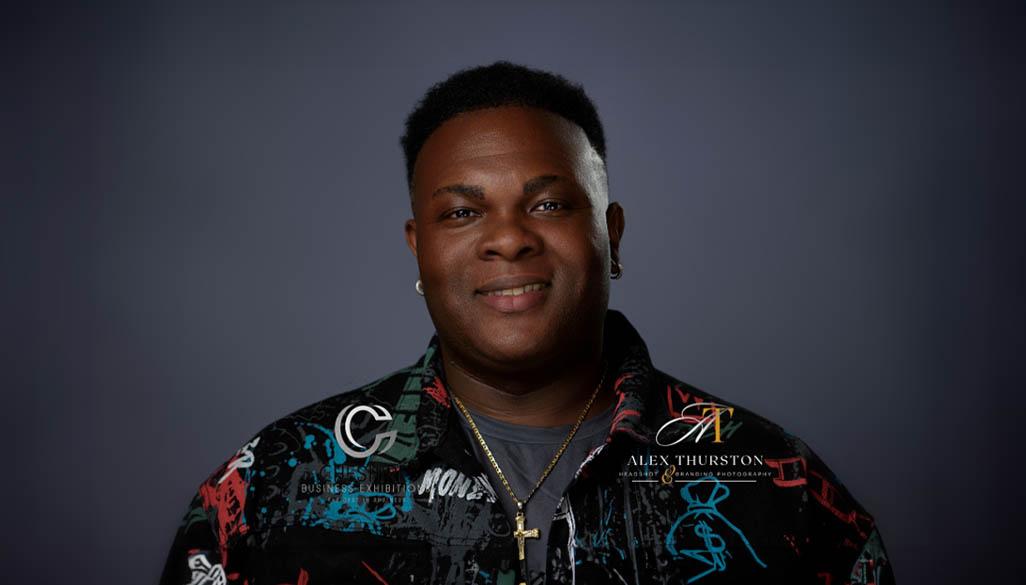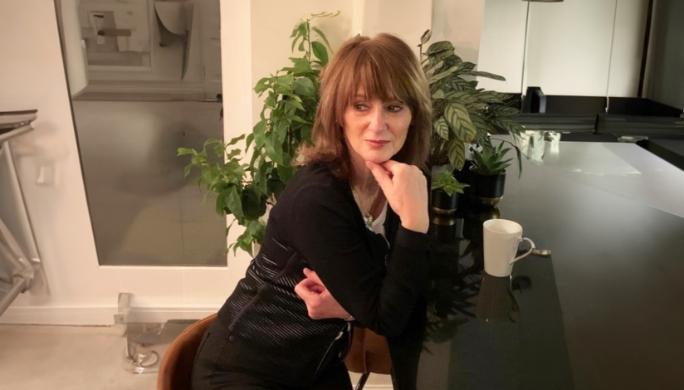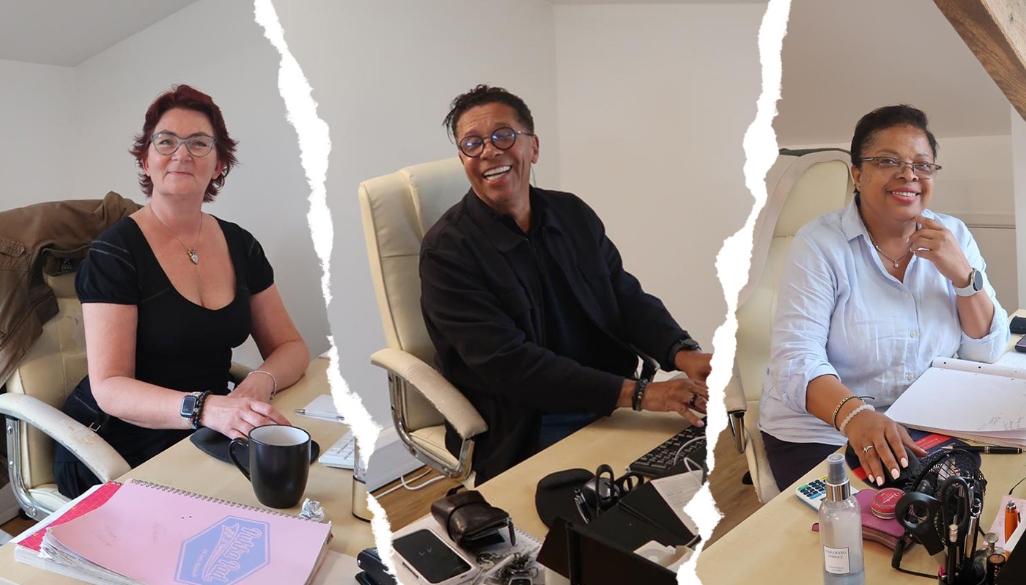Mallorca: Beyond the Beach
by Catherine Evans
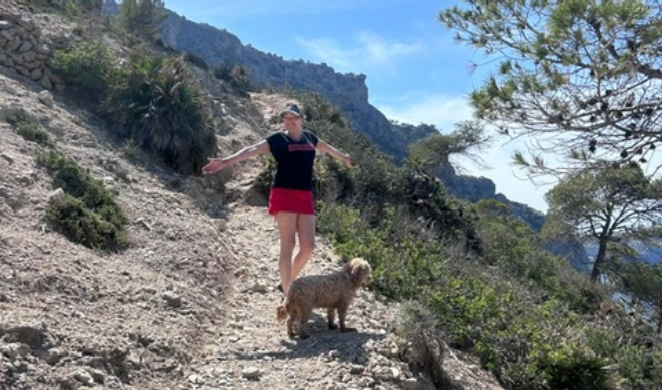
There’s so much more to Mallorca than sun-drenched beaches and raucous nightlife. Of course, you can get all that if that’s what you’re after, but if you’re willing to slow down and look around, there is so much more to the island than meets the eye. My family and I have been going to the island for years. Of course we enjoy the sun and the sangria, but we’ve learned to appreciate the centuries of layered history, the festivals and enduring traditions, passed down through the generations. From the cobbled lanes of Artà to the literary refuge of Deià, Mallorca offers a cultural depth often overlooked by transient visitors.
The island has a complex past. The island bears the stamp of Phoenician, Roman, Moorish and Catalan influences. The Moors introduced advanced irrigation systems, architectural styles, and agricultural practices that still shape the landscape today. Their legacy endures in the place names and the distinctive terraces carved into the hillsides. In the 13th century, the Christians reconquered the island, bringing Gothic architecture and Catalan culture, much of which still defines the island’s urban centres.
The soaring sandstone cathedral of La Seu in Palma dominates the skyline, while the hilltop sanctuary of Sant Salvador near Artà offers a quieter, more contemplative glimpse into Mallorca’s rich spiritual heritage. Artà itself, nestled in the northeast, feels rooted in another time, with its medieval fortress and traditional weekly market that still serves the local community rather than catering for tourists. Artà is one of a scattering of small cobbled towns that could serve as film sets for panoramic Roman or Biblical tales complete with castles and monasteries, many with breathtaking views of the sea.
Naturally, there is a tension between tourism and cultural preservation. It’s a balancing act, and one that not all Mallorcans are happy with. Spanish is spoken island-wide, but the locals prefer to speak Mallorquí, a variant of Catalan. This is especially true in rural areas, where cultural identity runs deep. Mallorquí is central to the island’s quiet resistance against cultural dilution, exacerbated by mass tourism and mainland influence and is a symbol of regional pride, evident in schools, festivals and literature, a proud demonstration of a people unwilling to surrender their roots.
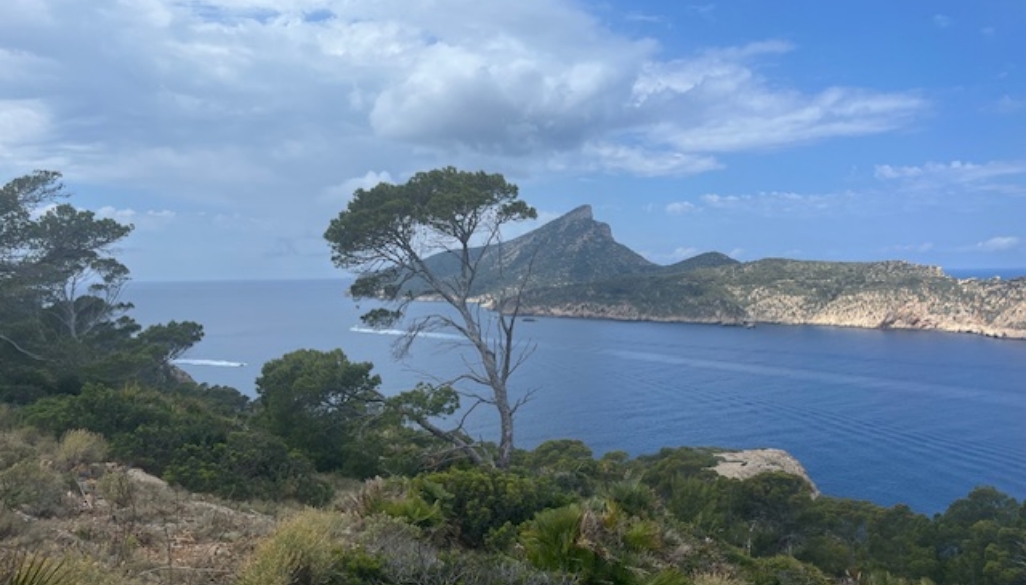
Mallorca offers a rich folk tradition, and each town and village has its own religious festivals and rituals which are wholly immersive experiences. The Night of the Devils, or Nit de Foc (Night of Fire) for instance, sees locals dressing up as demons and emerging from the cathedral to terrorise the locals in Capdepera, a beautiful little cobbled town not far from Cala Rajada, a tourist magnet for Brits and Germans. The devils are frighteningly realistic, using body paint, masks, and horns, and they frequently have terrifying accessories such as motorbikes and chainsaws. The whole town comes alive with people thronging the streets, which are lined with lights and alive with flying sparks and exploding fireworks. The demons are egged on by costumed drummers as they chase villagers through the smoke-filled streets. A night of exhilaration and chaos: Mallorca at its most primal and symbolic.
The island has long been a haven for artists and other creatives. Robert Graves, poet and author of I, Claudius and Claudius the God settled in the tiny village of Deià in the 1930s. Perched on a steep hillside above the sea, his home is now a museum, a tribute to the enduring lure of Mallorca’s landscape. He attracted a wave of other creatives; writers, musicians, painters, Bohemians all of whom turned the village into an informal artistic colony which endures to this day. The village maintains its artistic roots with intimate poetry readings, classical music recitals and gallery exhibitions. The light, the solitude, and the beauty of the nearby mountains all conspire to provide inspiration to creative souls and it remains a magnet for culture vultures the world over.
Joan Miró, the Spanish artist and ceramicist adopted Palma as his home, and the Fundació Miró, once his studio, gives visitors an intimate glimpse into his creative process. Also in Palma is the The Es Baluard museum, a bold, contemporary space tucked into the city’s ancient sea walls, exhibiting modern Balearic and international art.
Mallorcan craft can be found everywhere. Handwoven in family-run traditional workshops is beautifully vivid roba de llengües (tongue fabric) featuring bold distinctive geometric patterns used for rugs and other soft furnishings, and there’s the hand-blown glass factory of Gordiola. The many markets and small family run shops feature ceramics, basketry and intricate embroidery, all part of the island’s quiet resistance to the relentless pull of mass production.
Mallorca’s inland has been shaped by centuries of agriculture. The villages are framed by olive groves, almond orchards, fruit trees and dry-stone terraces that stretch into the hills, the legacy of generations of Mallorcan farmers living a slower, more intentional way of life. Local produce such as olive oil, figs, almonds, and wines from native grape varieties is sold in markets and slow-food restaurants across the island. Mallorcan food deserves its own chapter, and the island is home to some exceptional restaurants, often in idyllic settings, serving local dishes accompanied by Mallorcan wine, which is slowly earning international recognition.
Hikers and bikers can have a field day. The Trumuntana mountains are a World Heritage site, and offer a network of hiking trails that wind through ancient pilgrim paths and forests. Walkers can follow the Ruta de Pedra en Sec, a long-distance dry-stone trail threading through mountain villages and coastal lookouts. For cyclists unwilling to tackle the steep winding roads of Sa Calobra, a gentler experience can be had on the Via Verda, a converted railway line, offering a shaded ride through farmland and olive groves.
To know the island is to look beyond the surface. For those willing to drag themselves from the beach or the bar, they will be richly rewarded. Mallorca doesn’t just cater to tourists. It is home to generations of Mallorcans who are proud of their traditions and who offer warm hospitality to those who truly appreciate their culture.








